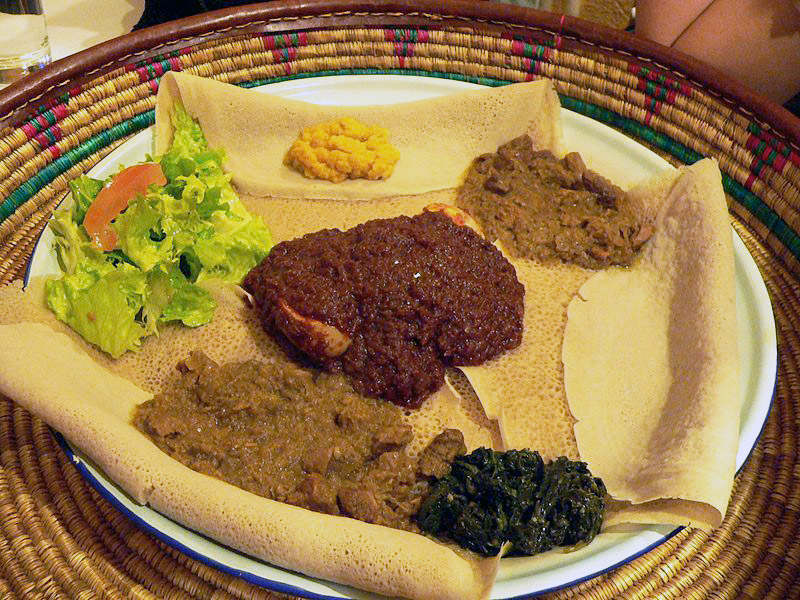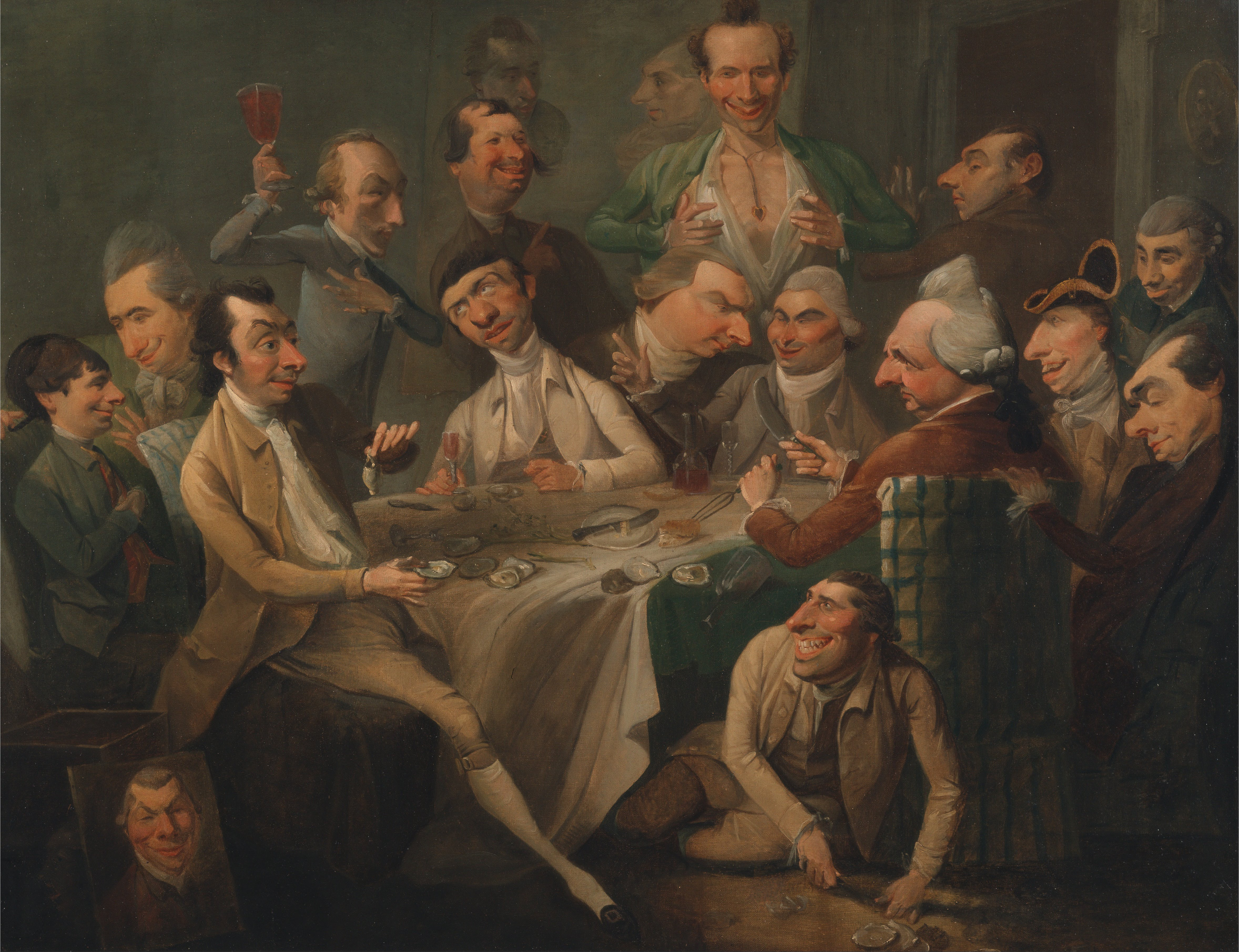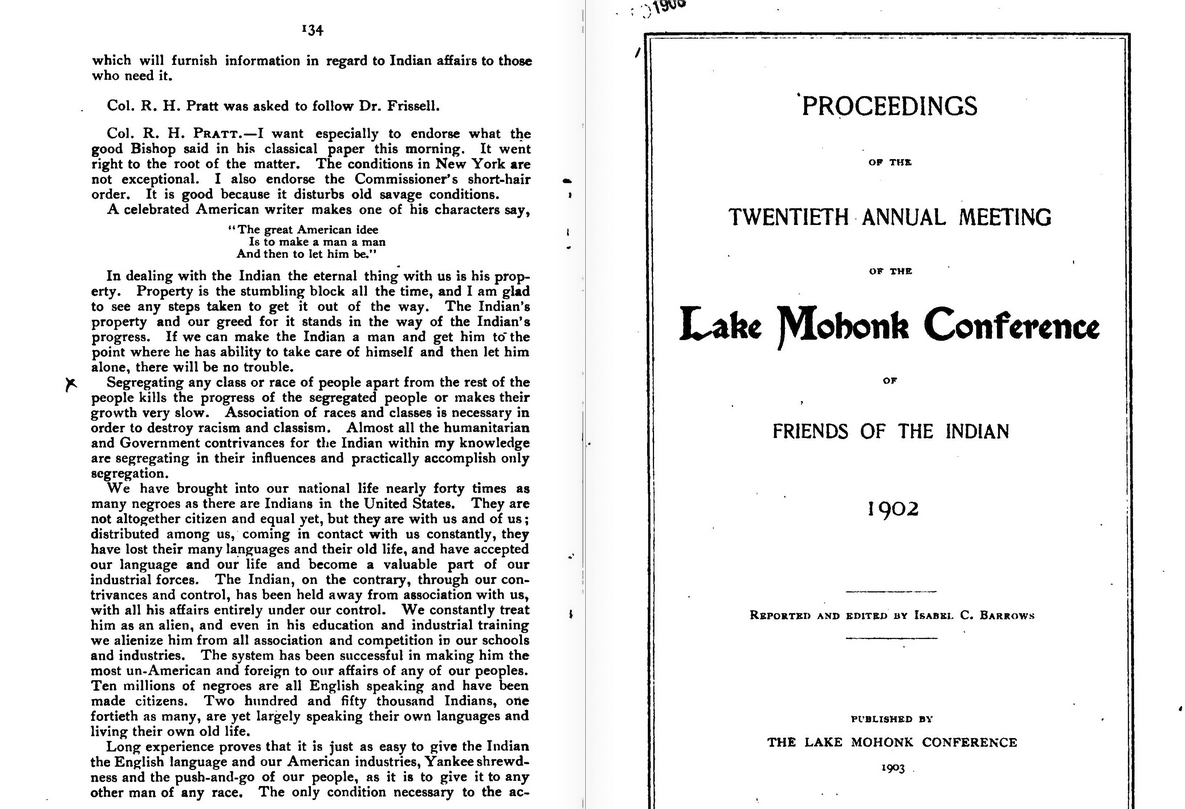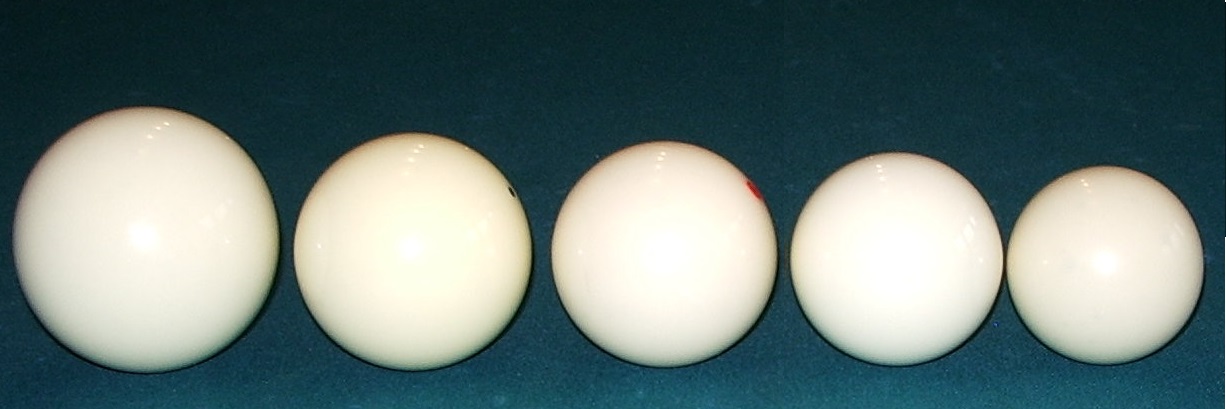|
Billy Kersands
Billy Kersands (c. 1842 in Baton Rouge, Louisiana – June 30, 1915 in Artesia, New Mexico) was an African-American comedian and dancer. He was the most popular black comedian of his day, best known for his work in blackface minstrelsy. In addition to his skillful acrobatics, dancing, singing, and instrument playing, Kersands was renowned for his comic routines involving his large mouth, which he could contort comically or fill with objects such as billiard balls or saucers. His stage persona was that of the dim-witted black man of the type that had been popularized in white minstrel shows. Modern commentators such as Mel Watkins cite him as one of the earliest black entertainers to have faced the dilemma of striking a balance between social satire and the reinforcement of negative stereotypes. Career Kersands began performing with traveling minstrel troupes in the early 1860s. As black minstrelsy gained popularity, Kersands became its biggest star. In 1879, he earned about $15 a ... [...More Info...] [...Related Items...] OR: [Wikipedia] [Google] [Baidu] |
Mardi Gras
Mardi Gras (, ; also known as Shrove Tuesday) is the final day of Carnival (also known as Shrovetide or Fastelavn); it thus falls on the day before the beginning of Lent on Ash Wednesday. is French for "Fat Tuesday", referring to it being the last day of consuming rich, fatty foods, most notably red meat, in preparation for the Christian fasting season of Lent, during which such foods are avoided. Related popular practices are associated with Carnival celebrations before the fasting and religious obligations associated with the penitential season of Lent. In countries such as the United Kingdom, Mardi Gras is more usually known as Pancake Day or (traditionally) Shrove Tuesday, derived from the word ''shrive'', meaning "to administer the sacrament of confession to; to absolve". Background During the liturgical season of Lent, some Christians abstain from the consumption of certain foods such as meat, eggs, dairy products, and alcoholic beverages. Most Christian denomin ... [...More Info...] [...Related Items...] OR: [Wikipedia] [Google] [Baidu] |
African American Folklore
African-American folktales refer to the storytelling and oral history practices of enslaved African Americans from the 1700s through the 1900s. Common themes in African-American folktales include tricksters, life lessons, heartwarming tales, and slavery. African Americans created folktales that spoke about the hardships of slavery, telling stories of folk spirits who could outwit their slaveholders and defeat their enemies. These folk stories gave hope to enslaved people that folk spirits would liberate them from slavery. Folktales have been misused to perpetuate negative stereotypes about the African American community, from minstrel shows to academic journals. One of these figures is High John de Conqueror. He often symbolized empowerment for newly freed slaves, saying that if they needed him, his spirit was said to reside in a local root. Other common figures in African American folktales include Anansi, Br'er Rabbit, and Uncle Monday. Many folktales are unique to African-Am ... [...More Info...] [...Related Items...] OR: [Wikipedia] [Google] [Baidu] |
Pancakes
A pancake, also known as a hotcake, griddlecake, or flapjack, is a flat type of batter bread like cake, often thin and round, prepared from a starch-based Batter (cooking), batter that may contain eggs, milk, and butter, and then cooked on a hot surface such as a griddle or frying pan. Archaeological evidence suggests that pancakes were probably eaten in prehistoric societies. The pancake's shape and structure varies worldwide. In England, pancakes are often Leavening agent, unleavened and resemble a crêpe. In Scotland and North America, a leavening agent is used (typically baking powder) creating a thick fluffy pancake. A ''crêpe'' is a thin pancake of Brittany, Breton origin cooked on one or both sides in a special pan or crepe maker to achieve a lacelike network of fine bubbles. A well-known variation originating from southeast Europe is palatschinke, a thin moist pancake fried on both sides and filled with jam, cream cheese, chocolate, or ground walnuts, but many other f ... [...More Info...] [...Related Items...] OR: [Wikipedia] [Google] [Baidu] |
Aunt Jemima
Aunt Jemima was an American breakfast brand for pancake mix, table syrup, and other breakfast food products. The original version of the pancake mix was developed in 1888–1889 by the Pearl Milling Company and was advertised as the first " ready-mix" cooking product. Aunt Jemima was modeled after, and has been a famous example of, the "Mammy" archetype in the Southern United States. Due to the "Mammy" stereotype's historical ties to the Jim Crow era, Quaker Oats announced in June 2020 that the Aunt Jemima brand would be discontinued "to make progress toward racial equality", leading to the Aunt Jemima image being removed by the fourth quarter of 2020. In June 2021, amidst heightened racial unrest in the United States, the Aunt Jemima brand name was discontinued by its current owner, PepsiCo, with all products rebranded to Pearl Milling Company, the name of the company that produced the original pancake mix product. The Aunt Jemima name remains in use in the brand's taglin ... [...More Info...] [...Related Items...] OR: [Wikipedia] [Google] [Baidu] |
Mammy Archetype
A mammy is a U.S. historical stereotype depicting Black women, usually enslaved, who did domestic work, among nursing children. The fictionalized mammy character is often visualized as a dark-skinned woman with a motherly personality. The origin of the mammy figure stereotype is rooted in the history of slavery in the United States, as enslaved women were often tasked with domestic and childcare work in United States, American slave-holding households. The mammy caricature was used to create a narrative of Black women being content within the institution of slavery among domestic servitude. The mammy stereotype associates Black women with domestic roles, and it has been argued that it, alongside segregation and discrimination, limited job opportunities for Black women during the Jim Crow era (1877 to 1966). History The mammy caricature was first seen in the 1830s in Antebellum pro-slavery literature, as a form to oppose the description of slavery given by abolitionists. One of t ... [...More Info...] [...Related Items...] OR: [Wikipedia] [Google] [Baidu] |
Old Aunt Jemima
"Old Aunt Jemima" is an American folk song written by comedian, songwriter, and minstrel show performer Billy Kersands. The song became the inspiration for the Aunt Jemima brand of pancakes, as well as several characters in film, television, and on radio, named "Aunt Jemima". Kersands wrote his first version of "Old Aunt Jemima" in 1875 and it became his most popular song. Author Robert Toll claimed that Kersands had performed the song over 2,000 times by 1877. There were at least three different sets of "Old Aunt Jemima" lyrics by 1889. Often, "Old Aunt Jemima" was sung while a man in drag, playing the part of Aunt Jemima, performed on stage. It was not uncommon for the Aunt Jemima character to be played by a white man in blackface. Other minstrels incorporated Aunt Jemima into their acts, so Aunt Jemima became a common figure in minstrelsy. Other songs about Aunt Jemima were written, such as "Aunt Jemima Song" and "Aunt Jemima's Picnic Day". Lyrics One version of "Old Aun ... [...More Info...] [...Related Items...] OR: [Wikipedia] [Google] [Baidu] |
Sambo (ethnic Slur)
Sambo is a derogatory label for a person of African descent in the Spanish language. Historically, it is a name in American English derived from a Spanish term for a person of African and Native American ancestry. After the Civil War, during and after the Jim Crow era the term was used in conversation, print advertising and household items as a pejorative descriptor for black people. The term is now considered offensive in American and British English. Etymology ''Sambo'' came into the English language from , the Spanish word in Latin America for a person of South American negro, mixed European, and native descent. This in turn may have come from one of three African language sources. '' Webster's Third International Dictionary'' holds that it may have come from the Kongo word ('monkey'). The Royal Spanish Academy gives the origin from a Latin word, possibly the adjective or another modern Spanish term (), both of which translate to 'bow-legged'. The equivalent term ... [...More Info...] [...Related Items...] OR: [Wikipedia] [Google] [Baidu] |
Caricature
A caricature is a rendered image showing the features of its subject in a simplified or exaggerated way through sketching, pencil strokes, or other artistic drawings (compare to: cartoon). Caricatures can be either insulting or complimentary, and can serve a political purpose, be drawn solely for entertainment, or for a combination of both. Caricatures of politicians are commonly used in newspapers and news magazines as political cartoons, while caricatures of movie stars are often found in entertainment magazines. In literature, a ''caricature'' is a distorted representation of a person in a way that exaggeration, exaggerates some characteristics and oversimplifies others. Etymology The term is derived for the Italian ''caricare''—to charge or load. An early definition occurs in the English doctor Thomas Browne's ''Christian Morals'', published posthumously in 1716. with the footnote: Thus, the word "caricature" essentially means a "loaded portrait". In 18th-centu ... [...More Info...] [...Related Items...] OR: [Wikipedia] [Google] [Baidu] |
Racism
Racism is the belief that groups of humans possess different behavioral traits corresponding to inherited attributes and can be divided based on the superiority of one Race (human categorization), race or ethnicity over another. It may also mean prejudice, discrimination, or antagonism directed against other people because they are of a different ethnic background. Modern variants of racism are often based in social perceptions of biological differences between peoples. These views can take the form of social actions, practices or beliefs, or political systems in which different races are ranked as inherently superior or inferior to each other, based on presumed shared inheritable traits, abilities, or qualities. There have been attempts to legitimize racist beliefs through scientific means, such as scientific racism, which have been overwhelmingly shown to be unfounded. In terms of political systems (e.g. apartheid) that support the expression of prejudice or aversion in discri ... [...More Info...] [...Related Items...] OR: [Wikipedia] [Google] [Baidu] |
Dance
Dance is an The arts, art form, consisting of sequences of body movements with aesthetic and often Symbol, symbolic value, either improvised or purposefully selected. Dance can be categorized and described by its choreography, by its repertoire of movements or by its History of dance, historical period or List of ethnic, regional, and folk dances by origin, place of origin. Dance is typically performed with Music, musical accompaniment, and sometimes with the dancer simultaneously using a musical instrument themselves. Two common types of group dance are Concert dance, theatrical and Participation dance, participatory dance. Both types of dance may have special functions, whether social, ceremonial, Competitive dance, competitive, Erotic dance, erotic, War dance, martial, Sacred dance, sacred or Liturgical dance, liturgical. Dance is not solely restricted to performance, as dance is used as a form of exercise and occasionally training for other sports and activities. Dance perf ... [...More Info...] [...Related Items...] OR: [Wikipedia] [Google] [Baidu] |
Billiard Ball
A billiard ball is a small, hard ball used in cue sports, such as carom billiards, pool, and snooker. The number, type, diameter, color, and pattern of the balls differ depending upon the specific game being played. Various particular ball properties such as hardness, friction coefficient, and resilience are important to accuracy. History Early balls were made of various materials, including wood and clay (the latter remaining in use well into the 20th century). Although affordable ox-bone balls were in common use in Europe, elephant ivory was favored since at least 1627 until the early 20th century; the earliest known written reference to ivory billiard balls is in the 1588 inventory of Thomas Howard, 4th Duke of Norfolk. This is a revised version of ''The Story of Billiards and Snooker'', 1979. Dyed and numbered balls appeared around the early 1770s. By the mid-19th century, elephants were being slaughtered for their ivory at an alarming rate, just to keep up with the dem ... [...More Info...] [...Related Items...] OR: [Wikipedia] [Google] [Baidu] |








